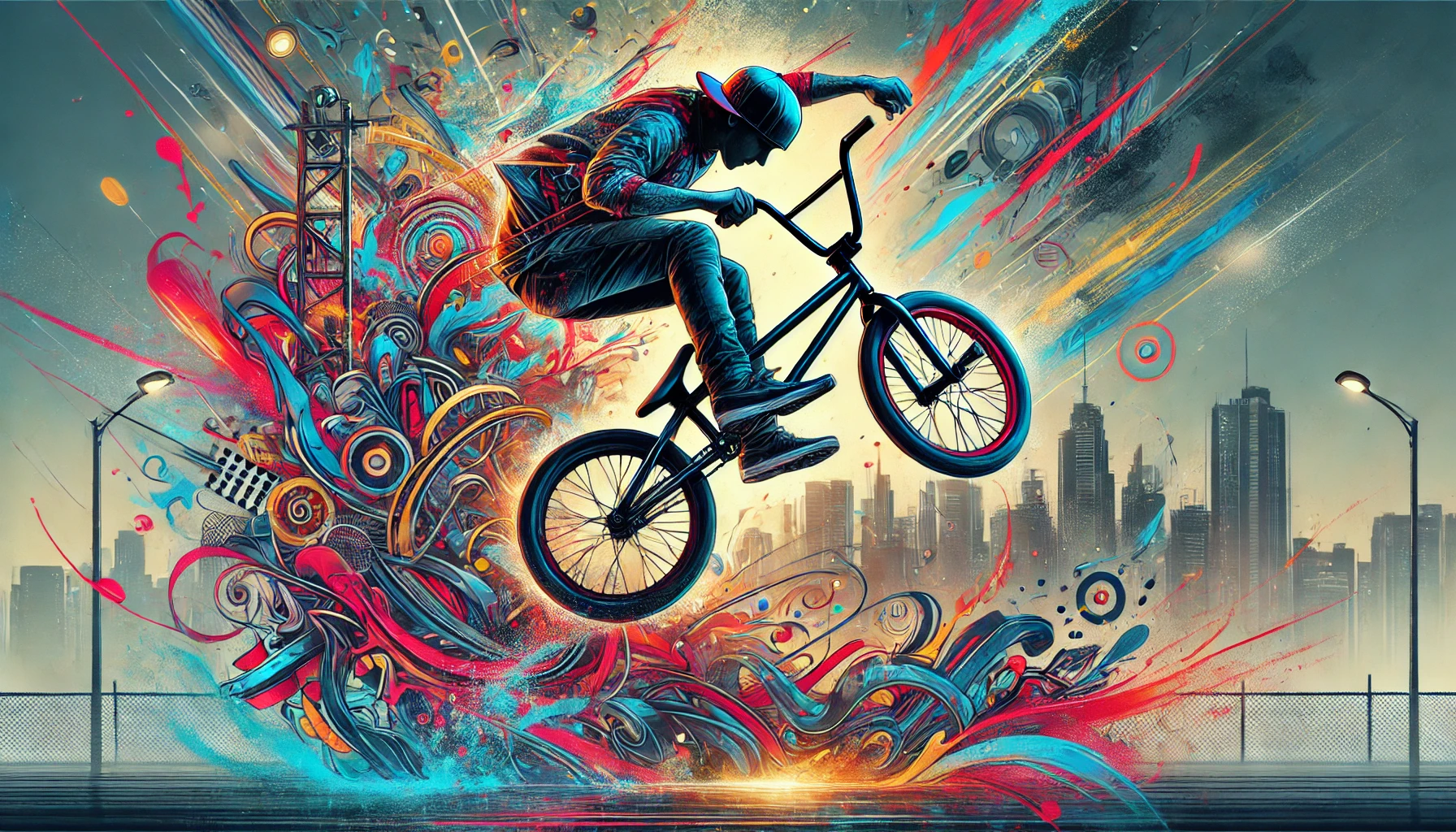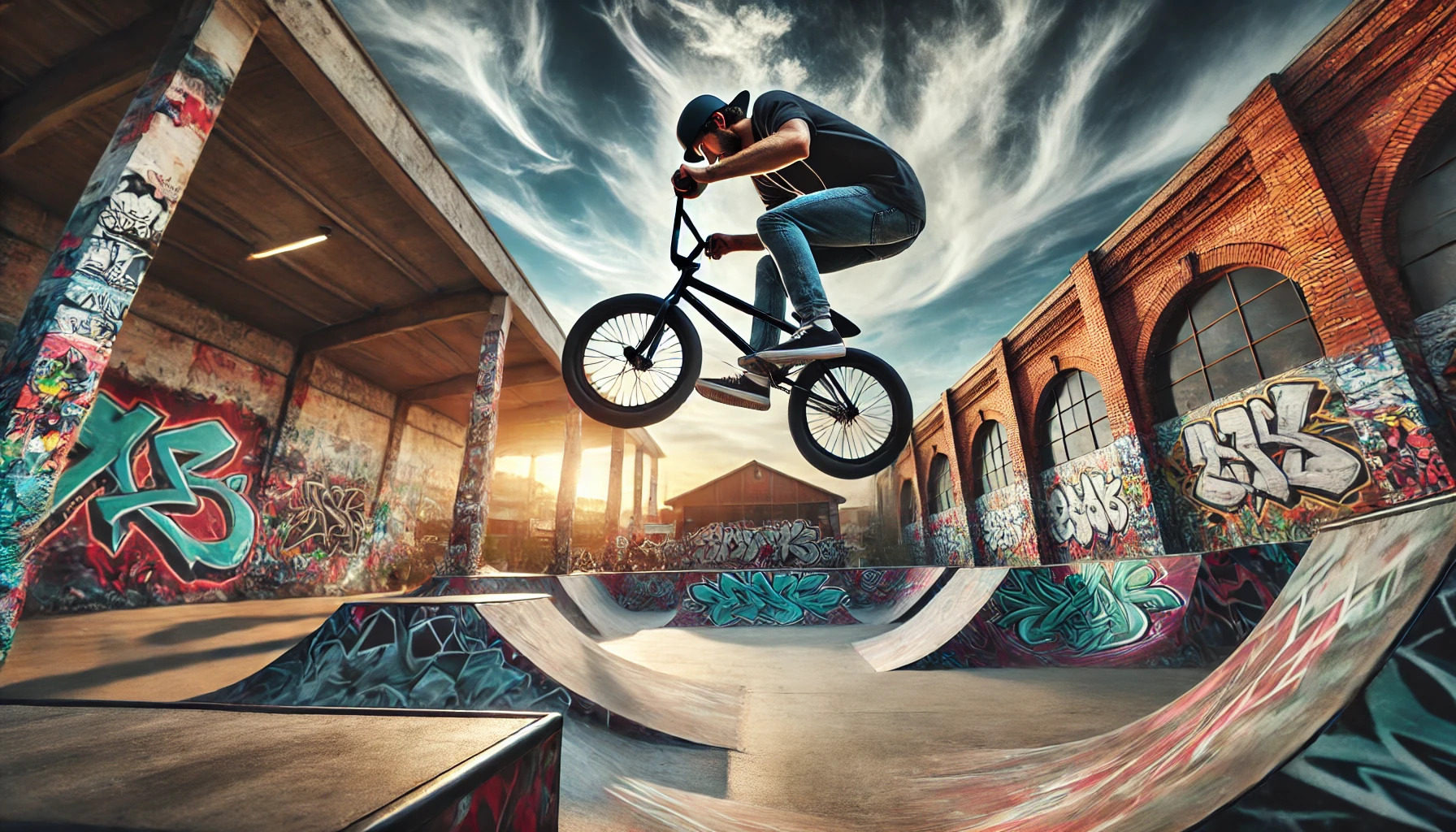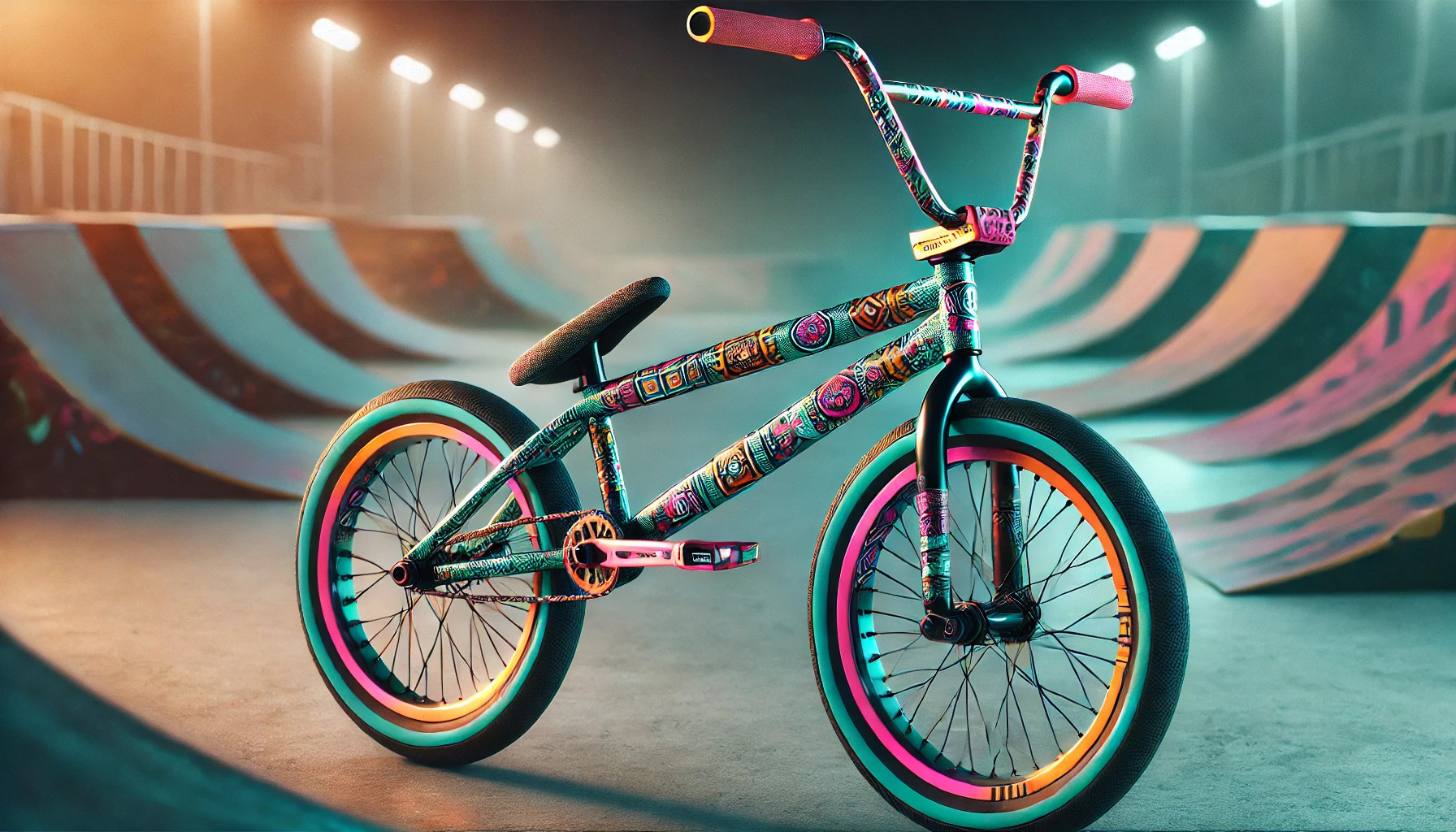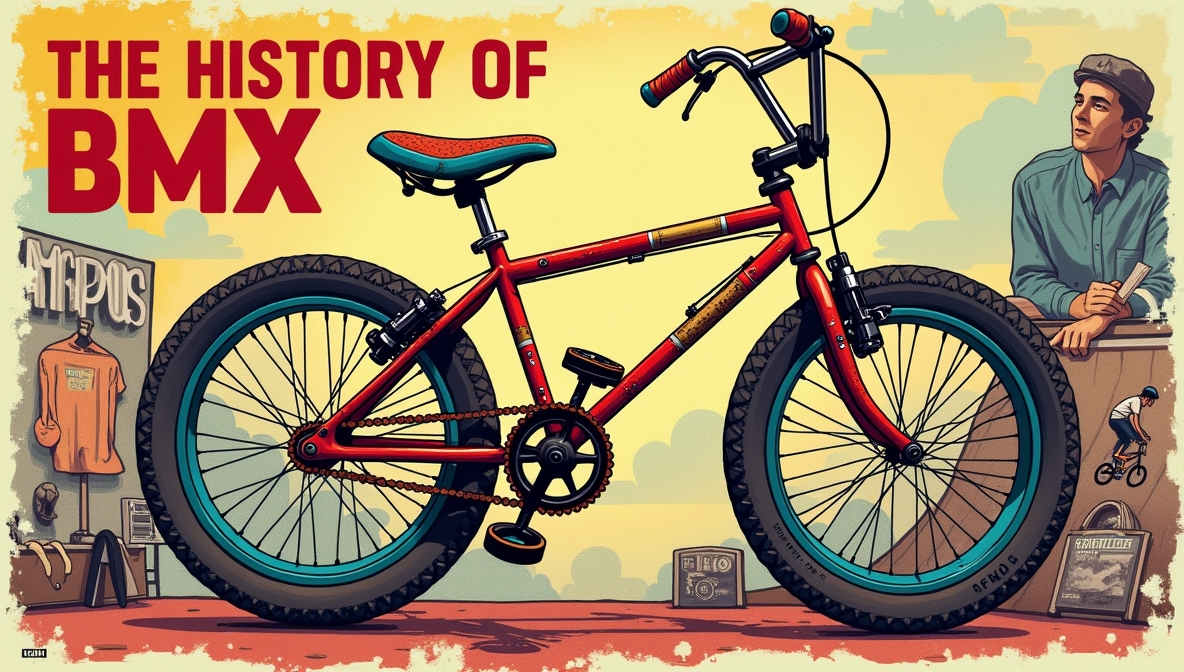The Influence of BMX Culture on Art and Design

A blank canvas and a BMX bike have more in common than you might think. Both start off as raw potential, waiting for someone to throw in creativity, risk, and a bit of rebellion. BMX isn’t just about tricks and speed; it’s about expression. The way riders push limits, break rules, and redefine what’s possible doesn’t just stay on the ramps—it spills into fashion, graphic design, street art, and even digital media. The raw, DIY energy of BMX has shaped entire creative movements, influencing everything from how brands design their logos to the way street artists layer colors.
BMX and the Visual Arts
BMX culture is loud, unapologetic, and visually striking. It makes perfect sense that its influence seeps into everything from graffiti to high-end design.
Street Art and Graffiti
BMX and street art exist in the same playground. Skateparks, back alleys, and urban landscapes are where both thrive. BMX riders and street artists share a mindset: take what’s available and make it your own. It’s not just about self-expression; it’s about leaving a mark.
- Layered Chaos – Just like BMX tricks stack movements into a seamless flow, graffiti artists layer colors, tags, and styles to create complex pieces.
- DIY Mentality – BMX riders customize their bikes like street artists customize walls. Both groups reject the idea of keeping things “factory standard.”
- Spaces as Canvases – Abandoned lots, tunnel walls, and bridges become works of art—whether that’s from tire marks or spray paint.
BMX in Graphic Design and Branding
Brands that want an edge pull from BMX aesthetics. You see it in sharp, aggressive typography, neon splashes, and chaotic compositions that mimic the movement of a rider in mid-air.
- Rough and Raw – BMX branding isn’t clean-cut. It’s rugged, hand-drawn, or deliberately distorted to reflect the unpredictable nature of the sport.
- Movement in Design – Logos and advertisements often have speed lines, tilted angles, and bold contrast, mirroring the motion and adrenaline of BMX.
- Underground Influence – BMX brands rarely play by traditional rules. They don’t follow corporate-style branding. Instead, they mix punk, streetwear, and DIY aesthetics to stand out.
BMX Influence on Fashion and Apparel
BMX riders don’t just wear clothes—they shape fashion trends. What starts in the underground scene eventually ends up on high-end runways.
The Birth of BMX-Inspired Streetwear
What BMX riders wear isn’t about looking good—it’s about surviving falls, moving freely, and standing out. But somehow, that function turned into fashion.
- Loose Fits and Durability – Riders need flexibility and protection, so baggy pants, oversized tees, and durable fabrics became the standard. Streetwear brands took notice.
- Signature Graphics – Bold, rebellious designs with hand-drawn elements, graffiti-style logos, and aggressive prints are direct nods to BMX culture.
- Sneakers Built for Impact – BMX shoes aren’t just for pedaling. They need grip, cushioning, and resilience. That same tech has influenced sneaker culture, leading to styles that fuse function with street style.
High Fashion Takes Notice
Luxury brands are known for scooping up underground trends and turning them into premium products. BMX fashion was no exception.
- Runway Crossovers – High-end designers have borrowed BMX aesthetics, incorporating streetwear silhouettes, graphic-heavy prints, and even BMX-inspired accessories into their collections.
- BMX Collabs – Some brands have gone straight to the source, collaborating with BMX legends to create gear that merges performance with high fashion.
BMX and Digital Media
BMX isn’t just shaping physical art and fashion; it’s leaving a mark on digital spaces too.
Video Editing and BMX Aesthetics
BMX videos aren’t just about showcasing tricks. They’ve redefined how video editing is done.
- Fast Cuts and DIY Vibes – BMX edits favor raw, unpolished footage mixed with rapid cuts and fisheye lenses. This style has influenced everything from music videos to social media content.
- Handheld and Immersive – No stabilizers, no overproduced gloss—just pure, shaky, up-close action that makes the viewer feel like they’re right in the moment.
BMX Influence on Product Design
BMX isn’t just influencing fashion and graphics—it’s changing the way products are designed.
BMX-Inspired Sneaker Tech
Performance footwear has taken more than a few pages from BMX.
- Shock Absorption and Grip – BMX shoes are built to withstand impact and keep riders glued to their pedals. That same technology is now in everyday sneakers, blending comfort with durability.
- Street-Tested Aesthetics – The rugged look of BMX shoes has become a style statement, making its way into mainstream sneaker culture.
BMX Meets Industrial Design
Some product designers pull directly from BMX geometry, materials, and aesthetics to craft everything from furniture to tech gadgets.
- Frame-Inspired Structures – The triangle-based design of BMX frames has influenced chairs, bike racks, and even shelving units.
- Material Choices – BMX parts are lightweight yet strong, inspiring everything from wearable tech to minimalist furniture.
BMX Culture: More Than a Sport, a Creative Movement
BMX isn’t just about two wheels and a set of tricks. It’s an art form, a design language, and a cultural force that keeps shaping creativity across different fields. From graffiti-covered skateparks to sneaker drops that sell out in seconds, BMX leaves its tire tracks everywhere. It’s proof that creativity doesn’t have to be confined to a studio or a gallery—it can be found in the streets, on a ramp, or even mid-air.
And if you’re looking for a fun and creative way to personalize your bike graphics, you can check out BMX-inspired bike coloring pages for an added creative outlet. It’s a cool way to get inspired and make your bike truly your own.


